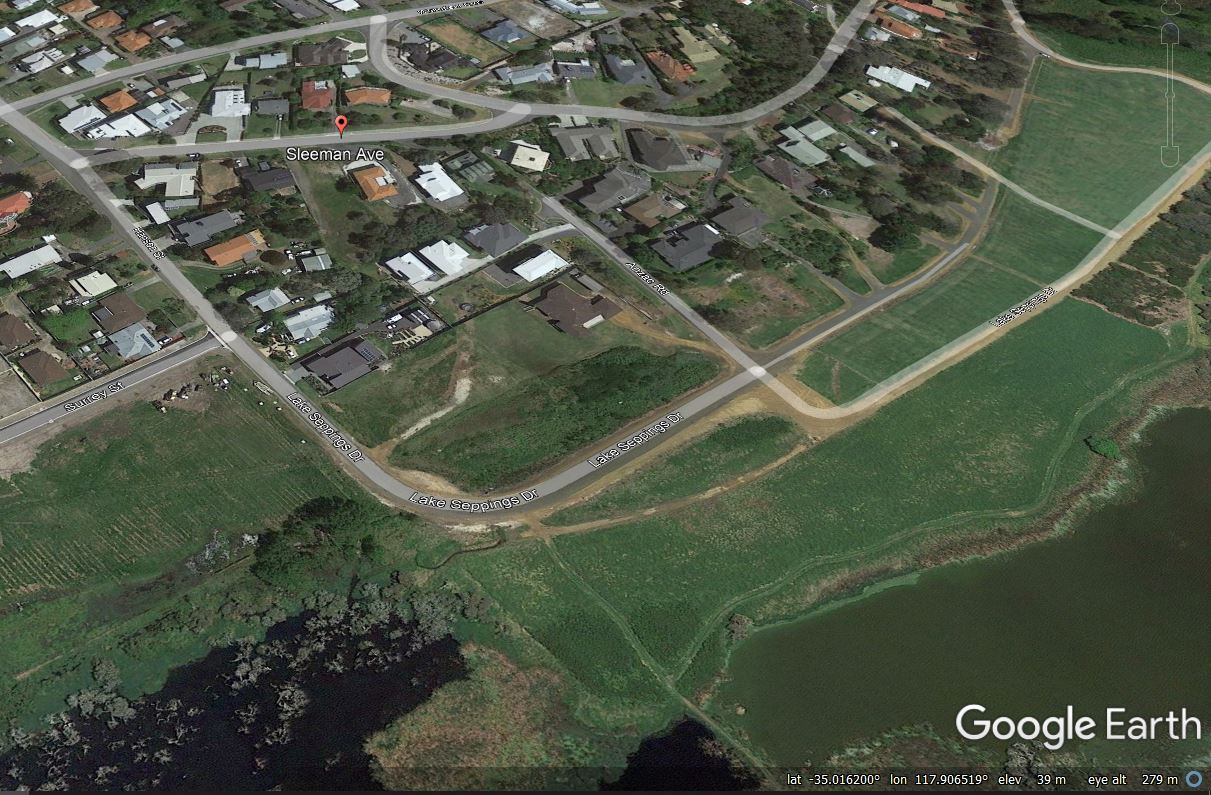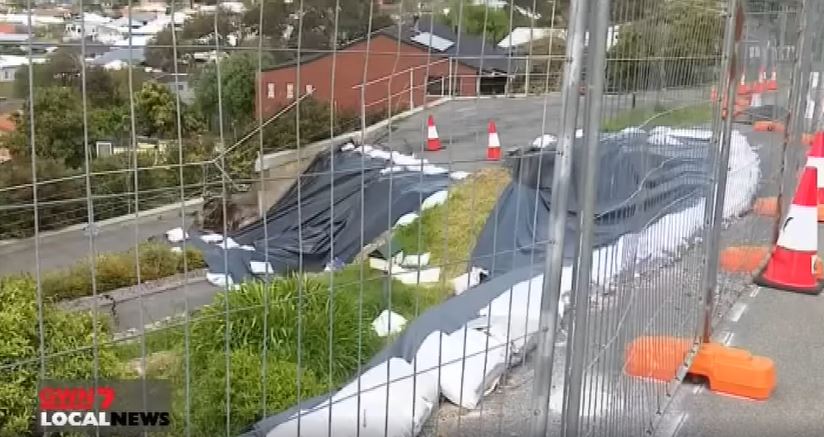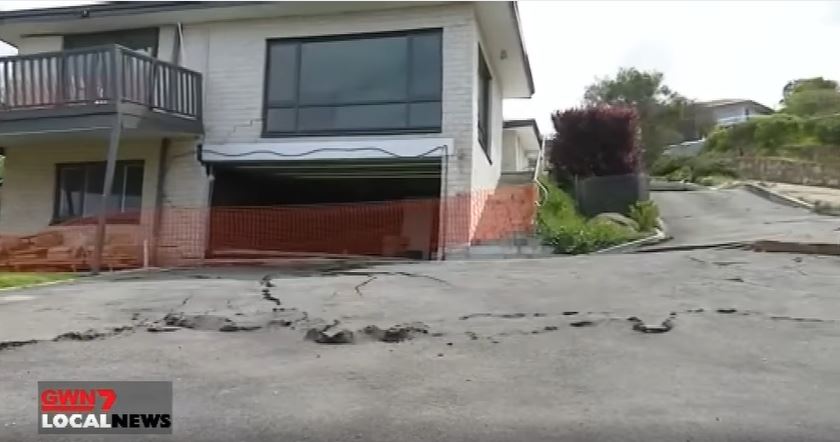19 October 2021
The Mira Mar landslide in Albany, Australia
Posted by Dave Petley
The Mira Mar landslide in Albany, Australia
In the Mira Mar suburb of the city of Albany in the southern part of Australia a landslide is slowly destroying a number of houses. I have covered such events before around the world – when this occurs it is devastating for the home owners.
The landslide, which has been moving since at least August, has been linked with heavy winter rainfall. The location is Sleeman Avenue, which can be seen in the image below:-

Google Earth image showing the location of the landslide at Mira Mar in Albany, Australia.
.
Three houses have been evacuated and a further three are threatened. A part of Sleeman Avenue has collapsed. This is a site that would benefit from drone footage to understand what is occurring, but GWN7 News has posted a video on Facebook with a series of images that are useful:-

A part of the landslide at Mira Mar in Albany Australia. Still from a video posted to Facebook by GWN7 News.
.
This image, which I think was taken from Sleeman Avenue, shows a very large rear scarp with substantial vertical and horizontal movement. Meanwhile the image below, presumably taken from lower down the slope, shows serious deformation within the landslide mass that is causing structural damage to the houses:-

The lower part of the landslide at Mira Mar in Albany Australia. Still from a video posted to Facebook by GWN7 News.
.
News reports suggest that this area had been identified as being potentially unstable:-
A 2013 City of Albany report noted ground movement on Sleeman Avenue, where cracks in the road surface had appeared.
The Mira Mar residents link the landslide to a water main leak on 30 July, possibly caused by movement of the ground. This scenario is not unusual – movement of the soil causes the failure of a water pipe that then feeds more water into the ground, exacerbating the problem. The role of the water pipe rupture is disputed by the operators of the water main:
Water Corporation Great Southern regional manager Adrian Stewart said initial findings from geotechnical surveys commissioned by the authority and the City of Albany suggest above-average rainfall in winter and an “extreme Albany storm event in late July” likely caused of the slip.
Mr Stewart said the burst water main released about 70,000 to 140,000 litres of water, compared to the estimated 2.7 million litres of rain in winter.
Whilst it is impossible to draw any conclusions without detailed investigations, I do not believe that the role of the water main should be discounted so simply. First, if the water main fed 70,000 litres or more of water into the slope in a short period (a day or two) then at that particular time it might have been very material to the stability of the slope. And second, when slopes are very close to a factor of safety of one comparably small amounts of water can be enough to trigger failure.
That is not to say of course that the water main was responsible, but I do not think it can be ruled out without a proper survey.


 Dave Petley is the Vice-Chancellor of the University of Hull in the United Kingdom. His blog provides commentary and analysis of landslide events occurring worldwide, including the landslides themselves, latest research, and conferences and meetings.
Dave Petley is the Vice-Chancellor of the University of Hull in the United Kingdom. His blog provides commentary and analysis of landslide events occurring worldwide, including the landslides themselves, latest research, and conferences and meetings.
Chickens and eggs….
Not unheard of for a landslide to cause damage to utilities during its early stages of activation, that then – in the case of a water line – can exacerbate the problem.
Rupture of main water line is one of the most common cause of land subsidence and sliding of structures built nearby or above the water pipe line.
I think what people may not be aware of is that if the Water Corporation absolves itself of responsibility and declares it a landslide then landslides are not covered under Australian home insurance. This means the residents who built their homes in good faith walk away with nothing. We have set up a face book page to support these residents. Please go to https://www.facebook.com/savealbanyhomes/ if you are interested.